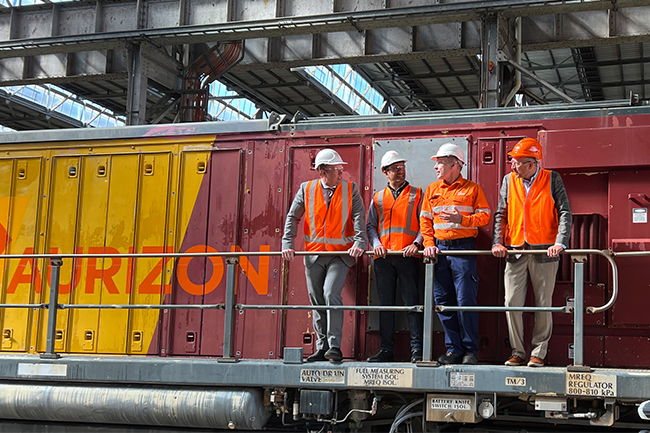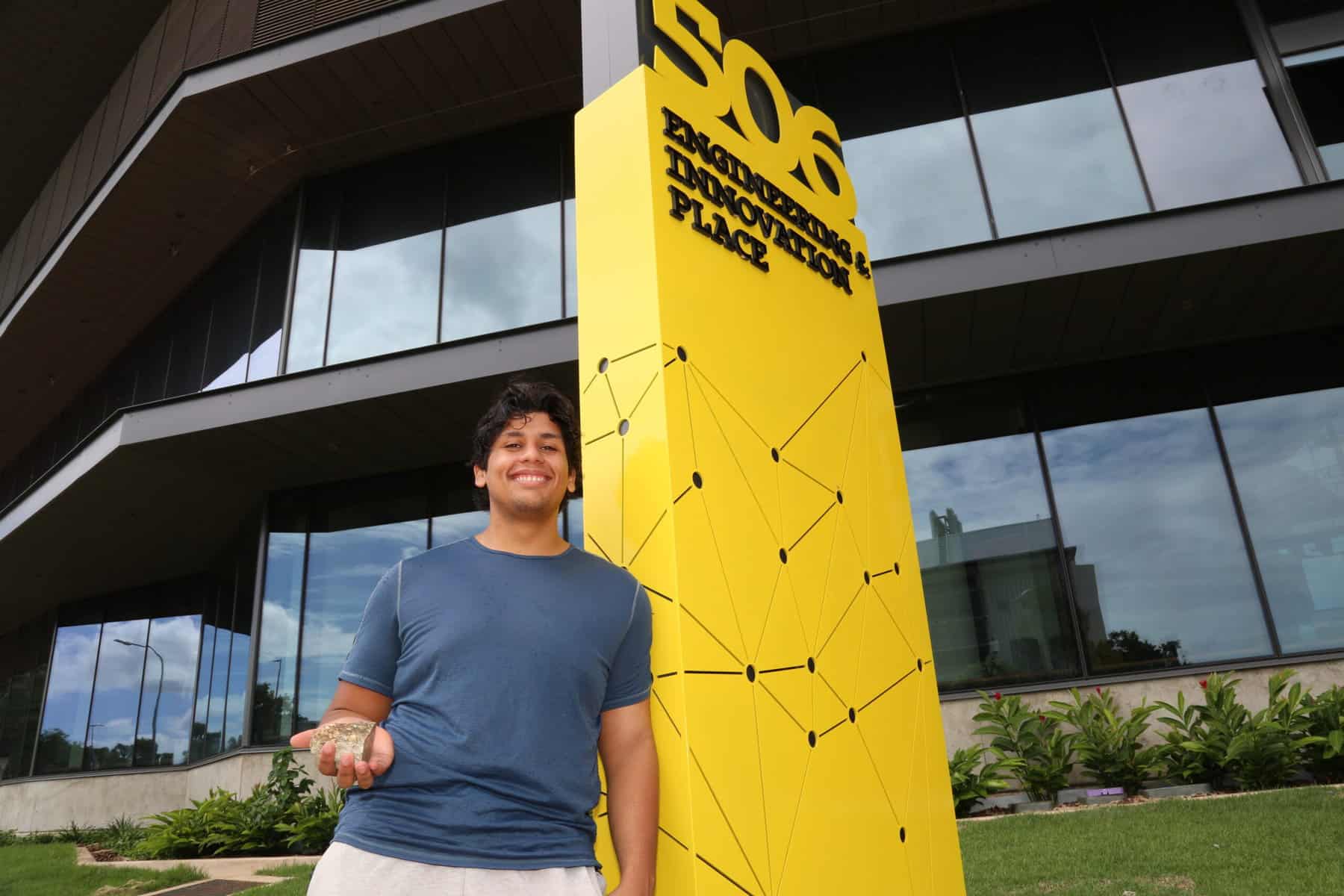
Australia’s largest rail freight company Aurizon (ASX:AZJ) is on track to build the first zero-emissions capable freight locomotive constructed in Australia.
Progress Rail, a Caterpillar company, has been contracted to undertake this innovative project that will transform a 4000-class diesel locomotive into a full battery operation.
The locomotive will be powered by batteries which will capture re-generative energy when the trains travel downhill or brake.
The locomotive will have 4.5MWh of battery capacity – equivalent to 90 Tesla Model 3’s – and it burns 16L/h in idle and up to 590L/h at full throttle.
For hauls of up to 400km, the locomotives will be fitted with batteries while hauls for up to 850km will be fitted with batteries and an extra battery wagon.
Hauls above 850km will be fitted with batteries and an extra hydrogen fuel cell.
The prototype is being built at Progress Rail’s Redbank facility in southeast Queensland and will be suitable for Australia’s harsh operating conditions.
Aurizon managing director and chief executive Andrew Harding said this project falls in line with the company’s decarbonisation initiatives.
“Modern freight locomotives using renewable energy sources have the potential to transform the nation’s freight supply chains for customers, communities and the Australian economy,” he said.
“Not only will this dramatically reduce the carbon footprint for our freight transport needs and the community in general, but it will also provide a significant competitive advantage for Australian industries and exporters in global markets.
“Delivering high-quality Australian products for export across zero or low-carbon supply chains will be a win-win for Australian companies and Australian communities.”
The University of Queensland and Central Queensland University have been commissioned to completed sophisticated modelling work and research on emerging battery technology, charging facilities and network infrastructure.
Upon completion, the project has the potential to reduce Australia’s transport emissions and transform the country’s supply chain.
Design and preliminary work have begun with construction expected to be completed by early 2025 and on-track trials are set to begin in the first half of the same year.





































